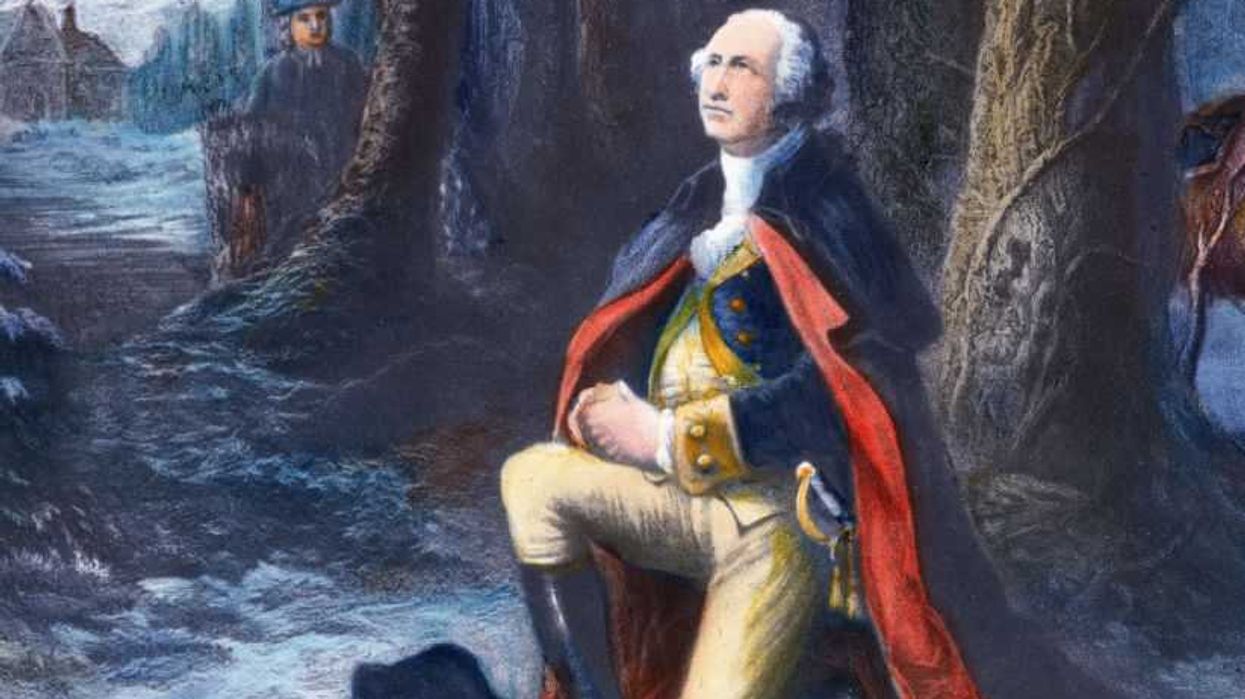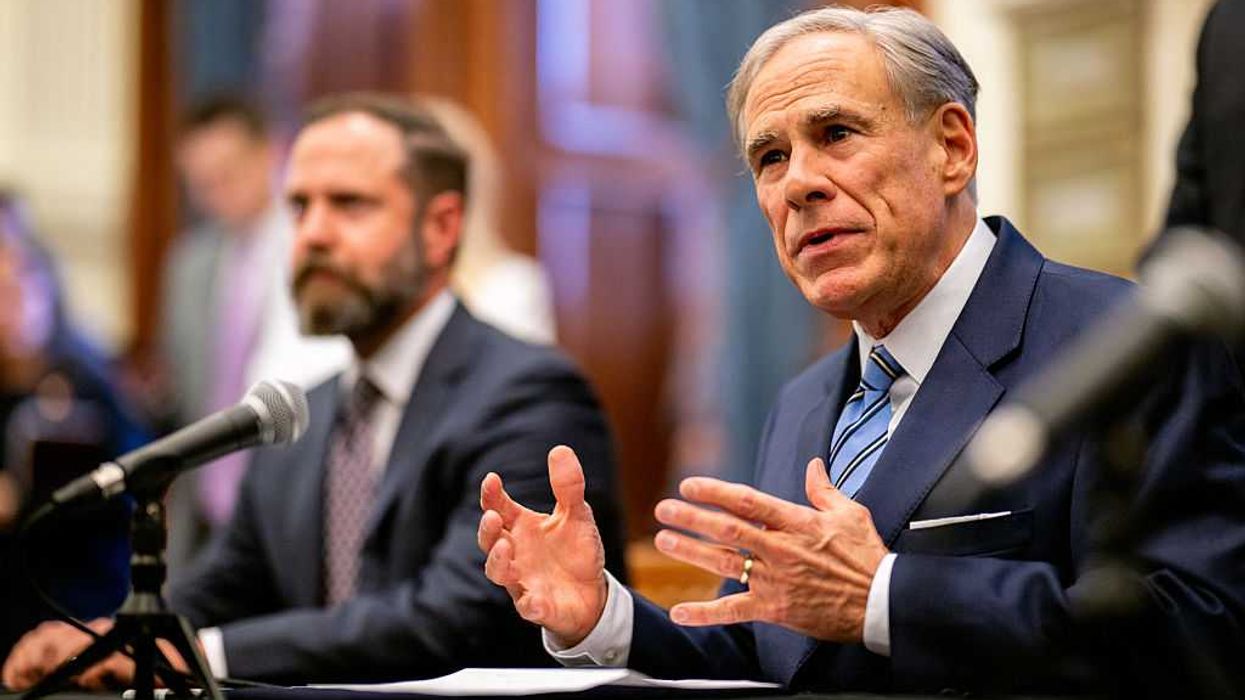On June 7, 1776, the Second Continental Congress met in Philadelphia at the Pennsylvania State House, better known today as Independence Hall. Virginia delegate Richard Henry Lee introduced a motion calling for the colonies' independence. The “Lee Resolution" was short and sweet:
Resolved, That these United Colonies are, and of right ought to be, free and independent States, that they are absolved from all allegiance to the British Crown, and that all political connection between them and the State of Great Britain is, and ought to be, totally dissolved.
Intense debate followed, and the Congress voted 7 to 5 (with New York abstaining) to postpone a vote on Lee's Resolution. They called a recess for three weeks. In the meantime, the delegates felt they needed to explain what they were doing in writing. So, before the recess, they appointed a five-man committee to come up with a formal statement justifying a break with Great Britain. They appointed two men from New England — Roger Sherman and John Adams; two from the middle colonies — Robert Livingston and Benjamin Franklin; and one Southerner — Thomas Jefferson. The responsibility for writing what would become the Declaration of Independence fell to Jefferson.
In the rotunda of the National Archives building in Washington, D.C., there are three original documents on permanent display: the Constitution, the Bill of Rights, and the Declaration of Independence. These are the three pillars of the United States, yet America barely seems to know them anymore. We need to get reacquainted — quickly.
In a letter to his friend John Adams in 1816, Jefferson wrote: “I like the dreams of the future, better than the history of the past."
America used to be a forward-looking nation of dreamers. We still are in spots, but the national attitude that we hear broadcast loudest across media is not looking toward the future with optimism and hope. In late 2017, a national poll found 59% of Americans think we are currently at the “lowest point in our nation's history that they can remember."
America spends far too much time looking to the past for blame and excuse. And let's be honest, even the Right is often more concerned with “owning the left" than helping point anyone toward the practical principles of the Declaration of Independence. America has clearly lost touch with who we are as a nation. We have a national identity crisis.
The Declaration of Independence is America's thesis statement, and without it America doesn't exist.
It is urgent that we get reacquainted with the Declaration of Independence because postmodernism would have us believe that we've evolved beyond the America of our founding documents, and thus they're irrelevant to the present and the future. But the Declaration of Independence is America's thesis statement, and without it America doesn't exist.
Today, much of the nation is so addicted to partisan indignation that "day-to-day" indignation isn't enough to feed the addiction. So, we're reaching into America's past to help us get our fix. In 2016, Democrats in the Louisiana state legislature tabled a bill that would have required fourth through sixth graders to recite the opening lines of the Declaration. They didn't table it because they thought it would be too difficult or too patriotic. They tabled it because the requirement would include the phrase “all men are created equal" and the progressives in the Louisiana legislature didn't want the children to have to recite a lie. Representative Barbara Norton said, “One thing that I do know is, all men are not created equal. When I think back in 1776, July the fourth, African Americans were slaves. And for you to bring a bill to request that our children will recite the Declaration, I think it's a little bit unfair to us. To ask our children to recite something that's not the truth. And for you to ask those children to repeat the Declaration stating that all men's are free. I think that's unfair."
Remarkable — an elected representative saying it wouldn't be fair for students to have to recite the Declaration because “all men are not created equal." Another Louisiana Democrat explained that the government born out of the Declaration “was used against races of people." I guess they missed that part in school where they might have learned that the same government later made slavery illegal and amended the Constitution to guarantee all men equal protection under the law. The 13th, 14th, and 15th Amendments were an admission of guilt by the nation regarding slavery, and an effort to right the wrongs.
Yet, the progressive logic goes something like this: many of the men who signed the Declaration of Independence, including Thomas Jefferson who wrote it, owned slaves; slavery is evil; therefore, the Declaration of Independence is not valid because it was created by evil slave owners.
It's a sad reality that the left has a very hard time appreciating the universal merits of the Declaration of Independence because they're so hung up on the long-dead issue of slavery. And just to be clear — because people love to take things out of context — of course slavery was horrible. Yes, it is a total stain on our history. But defending the Declaration of Independence is not an effort to excuse any aspect of slavery.
Okay then, people might say, how could the Founders approve the phrase “All men are created equal," when many of them owned slaves? How did they miss that?
They didn't miss it. In fact, Thomas Jefferson included an anti-slavery passage in his first draft of the Declaration. The paragraph blasted King George for condoning slavery and preventing the American Colonies from passing legislation to ban slavery:
He has waged cruel war against human nature itself, violating its most sacred rights to life and liberty in the persons of a distant people who never offended him, captivating and carrying them into slavery in another hemisphere... Determined to keep open a market where men should be bought and sold, he has prostituted his negative for suppressing every legislative attempt to prohibit or to restrain this execrable commerce.
We don't say “execrable" that much anymore. It means, utterly detestable, abominable, abhorrent — basically very bad.
Jefferson was upset when Georgia and North Carolina threw up the biggest resistance to that paragraph. Ultimately, those two states twisted Congress' arm to delete the paragraph.
Still, how could a man calling the slave trade “execrable" be a slaveowner himself? No doubt about it, Jefferson was a flawed human being. He even had slaves from his estate in Virginia attending him while he was in Philadelphia, in the very apartment where he was writing the Declaration.
Many of the Southern Founders deeply believed in the principles of the Declaration yet couldn't bring themselves to upend the basis of their livelihood. By 1806, Virginia law made it more difficult for slave owners to free their slaves, especially if the owner had significant debts as Jefferson did.
At the same time, the Founders were not idiots. They understood the ramifications of signing on to the principles described so eloquently in the Declaration. They understood that logically, slavery would eventually have to be abolished in America because it was unjust, and the words they were committing to paper said as much. Remember, John Adams was on the committee of five that worked on the Declaration and he later said that the Revolution would never be complete until the slaves were free.
Also, the same generation that signed the Declaration started the process of abolition by banning the importation of slaves in 1807. Jefferson was President at the time and he urged Congress to pass the law.
America has an obvious road map that, as a nation, we're not consulting often enough.
The Declaration took a major step toward crippling the institution of slavery. It made the argument for the first time about the fundamental rights of all humans which completely undermined slavery. Planting the seeds to end slavery is not nearly commendable enough for leftist critics, but you can't discount the fact that the seeds were planted. It's like they started an expiration clock for slavery by approving the Declaration. Everything that happened almost a century later to end slavery, and then a century after that with the Civil Rights movement, flowed from the principles voiced in the Declaration.
Ironically for a movement that calls itself progressive, it is obsessed with retrying and judging the past over and over. Progressives consider this a better use of time than actually putting past abuses in the rearview and striving not to be defined by ancestral failures.
It can be very constructive to look to the past, but not when it's used to flog each other in the present. Examining history is useful in providing a road map for the future. And America has an obvious road map that, as a nation, we're not consulting often enough. But it's right there, the original, under glass. The ink is fading, but the words won't die — as long as we continue to discuss them.

 Harold M. Lambert / Contributor | Getty Images
Harold M. Lambert / Contributor | Getty Images
 Adam Gray / Stringer | Getty Images
Adam Gray / Stringer | Getty Images Anadolu / Contributor | Getty Images
Anadolu / Contributor | Getty Images Brandon Bell / Staff | Getty Images
Brandon Bell / Staff | Getty Images